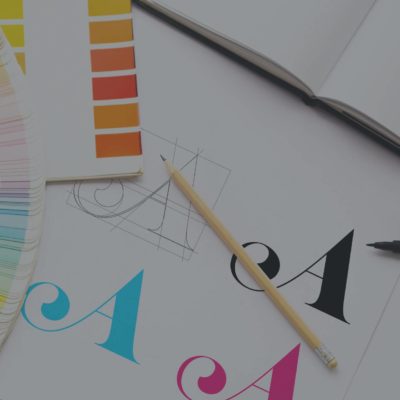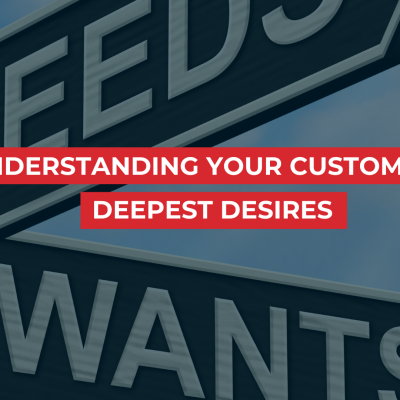There’s a common misconception that because somebody is “good with computers”, they’ll know how to design a great business website. On the surface, it’s a logical conclusion: Websites are built and consumed on computers, so somebody who’s great with computers has a good chance of knowing how to build one.
The truth is that there’s much more to a successful business website than just technology. Computer knowledge is only a small piece of the puzzle. This article will explain why and show you some of the other pieces that are involved.
Technology Represents Only 20% of a Great Website Design
Sure enough, a strong understanding of website technology is required to build a great website. You have to understand servers, browsers, programming languages, and how they all work together. But ultimately, these things are only tools. Understanding how to use them is just the first step to becoming a web designer, much like a carpenter needs to know how to use a drill to make a hole. But knowing how to use the tools doesn’t necessarily make you great at building a website (or a home in the case of the carpenter.) There’s much more to it than that.
The Other 80% of a Great Website Design
When it comes to business, a website ultimately serves one goal:
To help make that business more money.
Whether it’s by increasing sales, reducing customer support costs, or improving their competitive position in the market, a great website helps a business grow financially. As you may suspect, there’s a lot more than technology involved in making this happen.
Strategy
Without strategy, a website has no direction or purpose, and certainly won’t deliver the results you’re hoping for—at least not in a consistent and measurable way. Just like your business, the website needs a plan. You must identify what you want the website to accomplish and how it will accomplish it.
Marketing
A keen eye for marketing is required to build a great business website. You have to identify who your ideal target audience is, how you will reach them, and how you will guide them to do whatever it is you want them to do. Because a website is an interactive medium and your audience is not captive, this takes a lot of thought and testing to get right.
Branding
An intimate knowledge of the brand and how it extends into the digital space is also required. You have to remember that your website is not a silo—it’s part of an integrated whole that makes up the experience your customers will have with you.
Customer Psychology
What makes somebody click on something? Why would you use red instead of blue? What words are going to sway the listener? There’s a lot of psychology that needs to be understood before a great website can be built.
Writing
The web is driven by the written word. Even videos have a script. If you want to build a great website, you’ll need a great writer.
Design
Designing for the web is more akin to architecture than painting. While creativity & artistic ability is important, web design requires strategic problem solving skills. A great web designer has the ability to think like a marketer, salesperson, brand manager and even psychologist. Most of all, they need to be able to think like a customer.
Artistic Ability
And yes, the other aspect of design is artistic ability. It’s not easy to blend the often conflicting needs of function and form into a beautiful, functional and brand-appropriate website design.
Photography
When it comes to first impressions, photographs are going to make or break a website. Having a website full of poorly lit, boring photos will instantly place you into the “amateur” slot of a customer’s mind. If you’re trying to sell something valuable, you need to convey that value through the quality and emotional impact of the photos on your website. This takes a lot more than a camera to do.
Usability
Usability is the art of making a website as easy to use and intuitive as possible. This field has so much to it that it’s an industry on its own. Many companies specialize in nothing but website usability testing & consulting. And for good reason: a website’s ease of use can make or break it. Any team that builds websites must make usability and integral consideration for every stage of planning, building and maintaining a website.
Accessibility
A cousin to usability is accessibility. This area of web design seeks to make a website accessible to the widest audience possible. The fact is any user visiting your website may have a disability—whether its a vision impairment, trouble with motor skills, or other barriers. But it’s not just physical barriers that accessibility seeks to overcome. It’s also technological barriers, such as incompatible technologies. So this area spans both the human realm and the technological realm.
Search Engine Optimization
For a website to perform well in search, SEO considerations need to be taken from Day One. The website must be built to support the future marketing efforts that will drive a favorable search engine placement.
Avoid Pitfalls When Hiring a Website Designer
As you can see, just because the person you’re considering to hire is “good with computers”, it doesn’t necessarily mean they can build a credible website for your business. There is a very broad range of skills required to do it right, and very rarely will one person have them all.
So if you’re evaluating a vendor for building your next business website, ask them what’s involved in a website design. Their answers should mostly focus on the “other 80%” that goes into a website, and not technology, software or servers.
They should also be able to demonstrate a significant investment in resources and staffing towards their web design division. This means they will have designers and developers on staff, and likely have a network of partners or contract specialists to fill in the gaps. If the web design “department” consists of a guy who dabbles in web design on the weekends, and web design is not his primary job, run. They won’t have what it takes to build your business a proper website.










